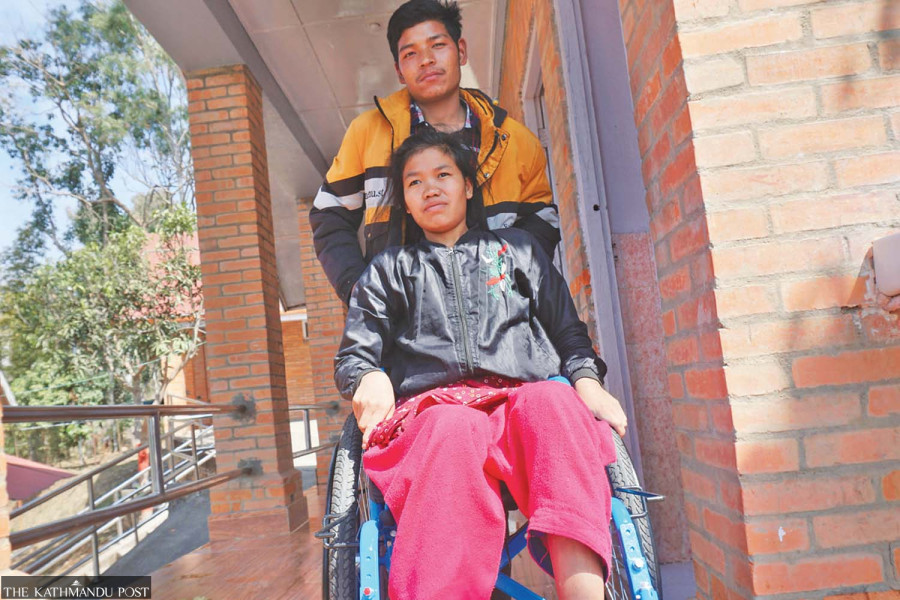Editorial
Preventable deaths
Four hundred forty people dying in a decade from falling off cliffs in Karnali is way too much.
According to a recent report published in this daily, at least 440 people have died by falling off cliffs in 10 districts of Karnali Province in the past 11 years. Salyan district topped the list with 117 deaths. Police said six people died in similar incidents in Karnali in the first two months of the current fiscal year 2024-25. A large number of other people were badly injured. Many of them lost their lives or limbs when they fell from cliffs and trees in the course of foraging for grass and firewood. People in this province, which is mostly covered in hills and mountains, often die while traversing risky roads and even while walking along treacherous paths carved into dizzying cliffs. It is a matter of shame for Nepal that a large number of its people are dying in the course of just going about their daily lives.
This is not a problem specific to Karnali Province. People are killed in similar incidents across the country. Also, falls are taken as a serious problem around the globe, though the nature of incidents differ. It is the second leading cause of unintentional injury deaths worldwide. According to the World Health Organisation, each year, an estimated 684,000 individuals die from falls globally—and over 80 percent of these deaths are in low- and middle-income countries. A study titled “Fall injuries in Nepal: A countrywide population-based survey” identifies falls as a ‘crucial public health concern’.
When it comes to safety measures, Nepalis in general seem negligent and the degree of negligence is more concerning in remote regions like Karnali. This calls for a serious awareness drive in order to make people take precautions and prevent such incidents. There must be more robust safety arrangements in accident-prone areas, and the rules must be strictly enforced. Extra effort is needed when such campaigns are run in low-literacy areas. Youth literacy in the Karnali Province is 66.17 percent, even as the national rate is 85 percent; the population of those in absolute poverty in the province is 28.9 percent, even as the national ratio is 18.7 percent.
The provincial and local governments themselves need to devise plans and programmes to address this problem as they understand the local complications, people’s necessities, and the kind of alternative arrangements needed. When it comes to deaths from falls, the priority should obviously be prevention. For that, the local authorities need to devise alternative paths to more treacherous routes, fence off certain places and quickly repair the essential roads. In some cases, they may even need to restrict people’s movements in particularly dangerous zones.
As vital is to properly handle the injuries after the incidents and prevent the condition of the injured from getting worse. Right now, many places in Karnali lack even basic healthcare services. Some injuries get worse when people either don’t know how to handle the injured people or don’t have access to stretchers to carry them. Carrying severely injured people long distances for treatment is particularly difficult. Many deaths and injuries could be avoided if only the local health facilities were equipped a little better, both in terms of equipment and manpower.




 19.12°C Kathmandu
19.12°C Kathmandu














